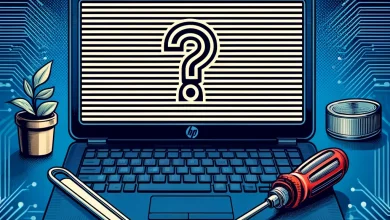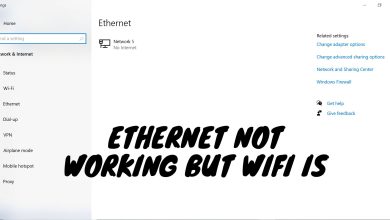Dell Keyboard Unresponsive? 8 Steps to Get Back on Track
Although Dell is renowned for its durable and high-quality computer products, users may occasionally face issues such as the keyboard becoming locked without any clear reason. This problem can leave you with an inoperable keyboard, hampering your ability to follow troubleshooting methods.

To address this, you should start with a simple computer restart, which often resolves most temporary glitches. If that doesn’t work, connecting an external keyboard to your laptop may be necessary to facilitate the troubleshooting process.
Why is my Dell keyboard locked?
Identifying the cause of the problem is the first step toward resolution. Knowing what’s wrong allows you to apply the most relevant solutions effectively. Common reasons why your Dell laptop keyboard might be locked include:
- Software glitch: Software-related issues can lead to many unexpected problems, including a locked keyboard. While many glitches resolve on their own, some require targeted fixes.
- Outdated drivers: Driver issues arising from damage or incompatibility with your operating system can affect keyboard functionality, leading to unresponsiveness or incorrect key mapping.
- Hardware issues: Physical damage or obstruction from dirt and debris can cause keys to stick or become unresponsive.
How to unlock my Dell keyboard and get it working again?
1. Disable Filter Keys
In some cases, Dell laptops don’t register keystrokes properly because the Filter Keys feature is enabled. You may have triggered this by pressing the Shift key five times in a row. Checking this setting should be your first action before considering more complex solutions.
Here’s how to check and disable Filter Keys:
- Launch the Settings app from the Start menu.
- Navigate to Accessibility from the left pane.
- Scroll down and click on Keyboard.
- Switch off the Filter Keys toggle.
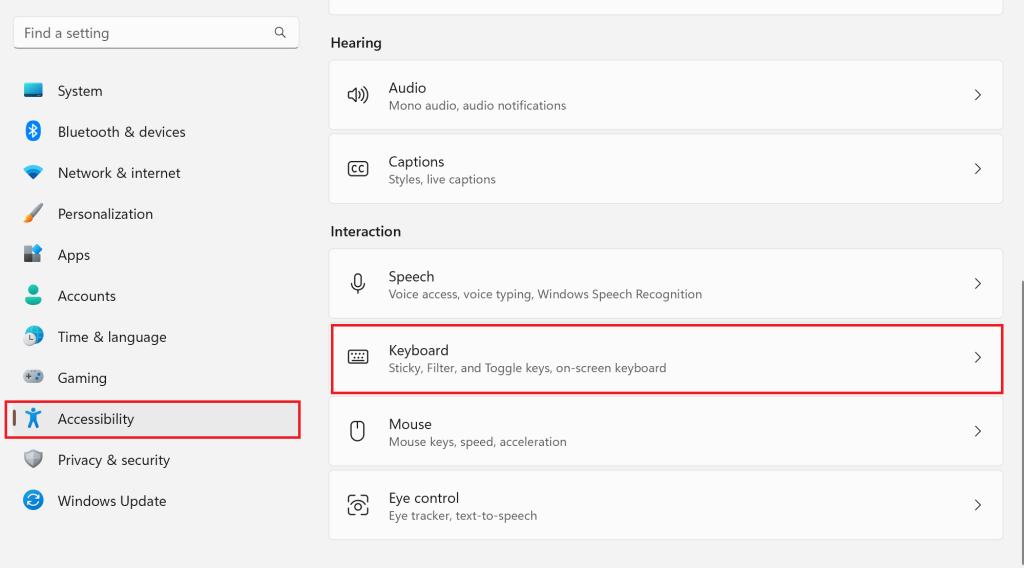

2. Run Keyboard Troubleshooter
Windows has built-in troubleshooters designed to help identify and fix common issues. When faced with a locked keyboard on a Dell laptop, it’s recommended to run the keyboard troubleshooter.
Follow these steps:
- Click the Start button and open Settings.
- Ensure you are in the System section.
- Scroll down to and click on Troubleshoot.
- Choose Other troubleshooters.
- Select the Keyboard troubleshooter and click the Run button adjacent to it.


3. Reinstall Keyboard Drivers
Glitches with keyboard drivers can cause the keyboard to malfunction or stop working. To fix this, you can simply uninstall the keyboard drivers and restart your computer, allowing the system to reinstall them.
Follow these instructions:
- Right-click the Start menu and select Device Manager.
- Expand the Keyboards section.
- Right-click your keyboard device and choose Uninstall device.
- Confirm by clicking on the Uninstall button when prompted.
- Restart your computer, and the drivers should reinstall automatically.
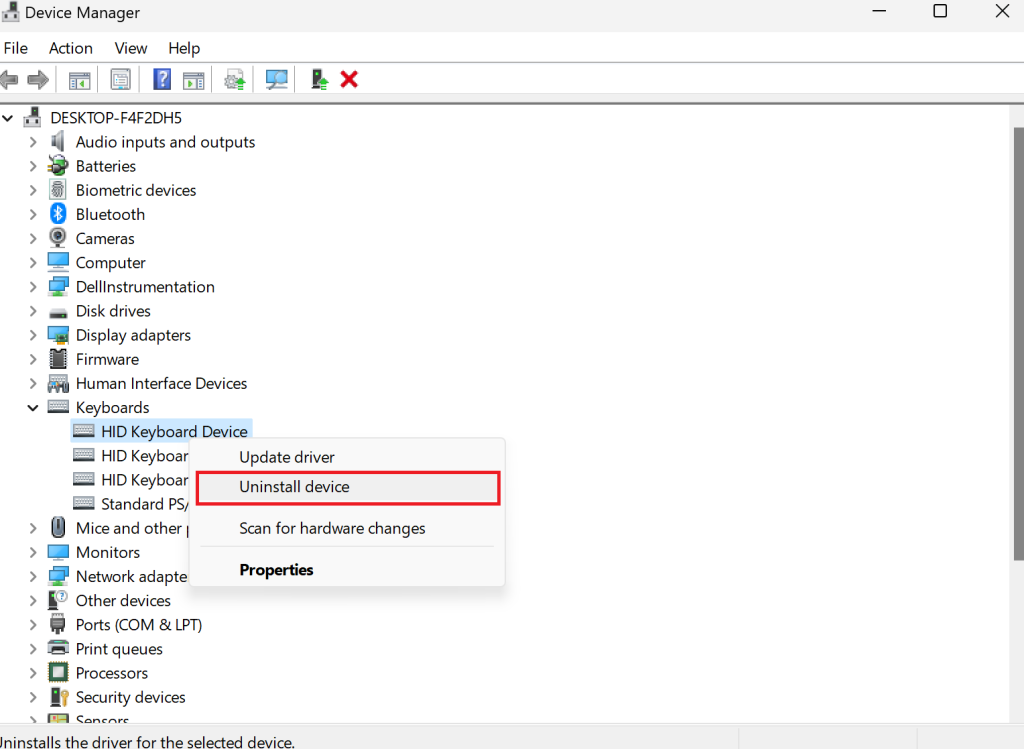
4. Update Keyboard Drivers
If reinstalling the drivers doesn’t resolve the issue, you might consider updating them, especially if they’ve become incompatible with your system. Windows can usually search for the latest drivers automatically, but you might need to manually download them from Dell Support based on your laptop’s model.
To let Windows attempt an automatic update, follow these steps:
- Open Device Manager using Windows Search.
- Expand the Keyboards section.
- Right-click on your keyboard device and choose Update driver.
- Select Search automatically for drivers.
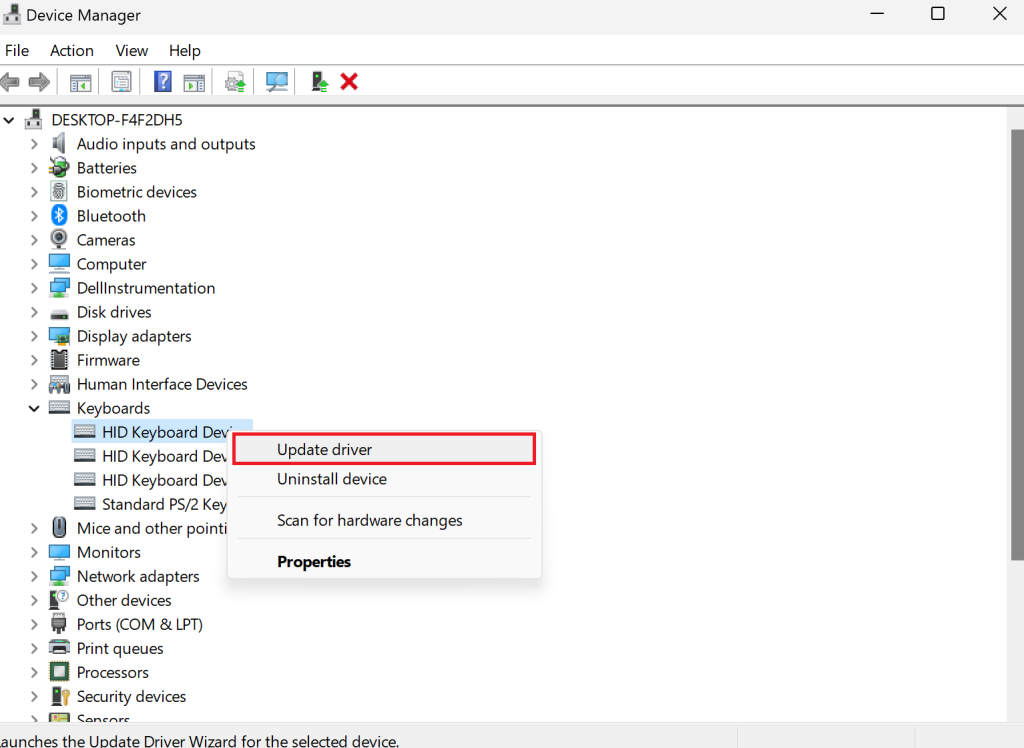
5. Perform a System Scan
If you’re still unable to diagnose the problem, it may be time to conduct a system scan during the boot process. Use this diagnostic tool when dealing with stubborn technical issues.
Here’s what you need to do:
- Power off your machine and turn it back on.
- During startup, press the F12 key to enter the Boot menu.
- In the Boot menu, select Diagnostics and press the Enter key to start a full system scan.
- To run a keyboard-specific scan, press the Esc key, then click on the Next arrow at the bottom right of the screen.
- Select Keyboard from the left pane to initiate the custom scan.
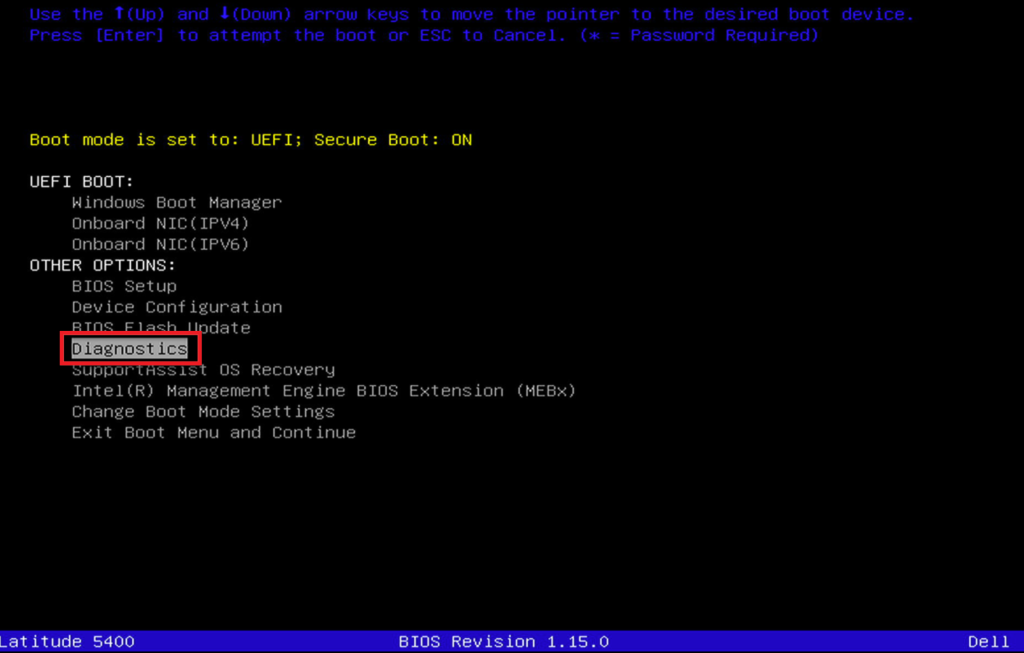
Note: If an error code appears after the scan, record it and get in touch with Dell Support for further assistance.

6. Check the Keyboard in BIOS
To ascertain whether the locked keyboard issue is due to hardware failure, you should access the BIOS. This integral firmware initializes hardware components and starts up the operating system. A functional keyboard within the BIOS interface indicates that the locking issue is likely software-related.
Here’s how to check:
- Restart your PC and press F2 or F12 (depending on your Dell model) to enter the BIOS.
- Attempt to navigate within the BIOS using your keyboard. If the keyboard functions correctly in BIOS, the issue is most likely not hardware-related.

Note: The recognized keystrokes will appear as dots or asterisks. If your inputs are not recognized, proceed to the next step.
7. Run SupportAssist
Dell laptops come with pre-installed diagnostic software called SupportAssist, which can automatically detect and resolve software or hardware issues. Use SupportAssist to run a systematic test for potential causes of the locked keyboard.
To run SupportAssist, follow these instructions:
- Open SupportAssist through Windows Search.
- Ensure you are on the Home tab and click on the Run All button.
- Follow any on-screen prompts and restart your computer if necessary.
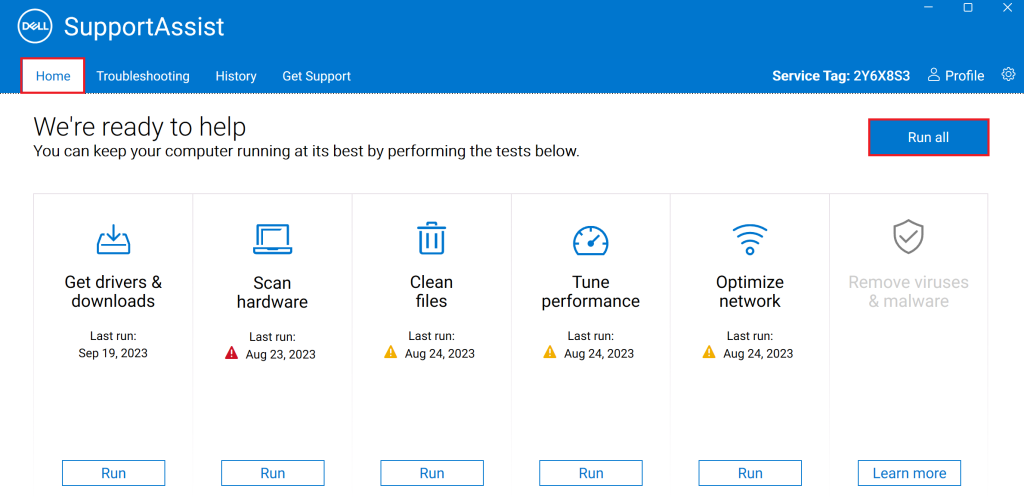
8. Update BIOS
As a last attempt to fix the issue, consider updating the BIOS firmware. New BIOS versions often include improved compatibility with hardware components and updated drivers. Be cautious as updating your BIOS is a sensitive procedure and should be done carefully.
Here are the instructions:
- Search for and launch BitLocker from the Windows Search.
- Click on Manage BitLocker.
- In the Control Panel window, choose Suspend protection.
- Confirm by clicking Yes.
- Visit the Dell Support website, log in, and detect your PC or manually enter your Service Tag.
- Navigate to the Drivers & Downloads tab.
- Sort the list by Category and select BIOS.
- Download and run the BIOS update file.
- Follow the on-screen instructions to complete the update.

Note: Ensure that your laptop is plugged into an AC outlet and that it’s sufficiently charged before starting a BIOS update.
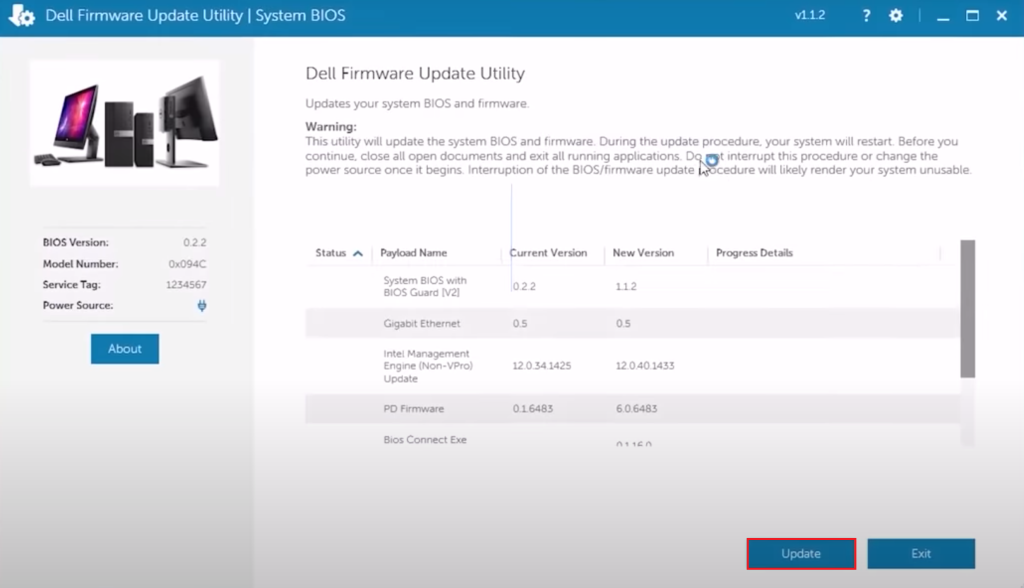
Is the keyboard still locked?
If you’re unable to use your Dell laptop’s keyboard and need to complete your tasks, don’t worry. Try these workarounds:
Use the On-Screen Keyboard
The Windows on-screen keyboard is accessible from the Ease of Access menu on the lock screen. It’s a useful alternative when you can’t log in due to a non-functioning physical keyboard, and it’s especially convenient for touchscreen laptops.
Use an External Keyboard
Alternatively, if you find the on-screen keyboard cumbersome, you might connect an external keyboard. Many modern keyboards are Bluetooth-enabled, providing a wireless option free from the hassle of cables.
Contact Dell Support
Dell Support is known for being responsive and supportive. Their team will assist you in troubleshooting remotely, and if necessary, they can also recommend a visit to their nearest store or arrange a technician’s visit to your location.
Dell Laptop Keyboard Locked - FAQs
Your built-in laptop keyboard can be locked by uninstalling the keyboard drivers from the Device Manager. Upon restarting, these drivers will be automatically reinstalled, unlocking your keyboard. You may also install several third-party applications such as KeyboardLocker or KeyFreeze to have a dedicated keyboard shortcut to lock and unlock your keyboard quickly.
Your keyboard may become inoperable if the associated drivers are either damaged or outdated. To fix this, reinstall or update these drivers. In case you’re using an external keyboard, try reconnecting it to resolve any possible glitches within the system.


